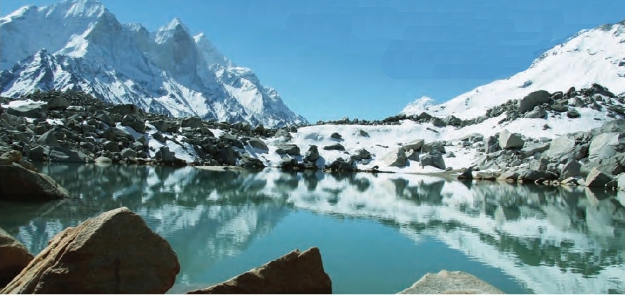India and China, industrialising at breakneck speed, have plans for an estimated 200 dams and dozens of major diversions of rivers, most of them flowing from the Himalayas, over the next 30 years. If built, they could provide a staggering 250,000 MW or more of electricity – roughly twice what the UK uses – for Asia’s rapidly growing urban populations and power-hungry factories. China has the most ambitious plans, including a mammoth $65 billion south-to-north water transfer project. The idea is to divert the Yangtze and its tributaries and move the water to northern China. If completed, the transfer will be the largest construction project on earth, taking almost 45 billion cubic metres of water per year – roughly the average annual flow of the giant Yellow river.
The stakes are high well beyond the borders of Asia’s two superpowers. Indian plans to link major rivers flowing from the Himalayas and divert them south to drought-prone areas could devastate Bangladesh. Even a modest 10 percent reduction in the water flow could dry out great areas for much of the year, adversely affecting the growing of staple foods. Pakistan, Bhutan and Nepal, with a combined population of nearly 200 million people, expect their own electricity needs to increase at least 30 percent in the next 20 years. They, too, plan to build a series of giant hydropower dams. Pakistan wants five, the biggest of which would impound nearly 15 percent of the river Indus and form a lake 100 kilometres upstream of the dam’s site. How climate change will affect river flows in the next 50 years is hard to predict but if the myriad glaciers of the Himalayas continue to retreat, a vast increase of water flows can be expected, followed by great shortages.






